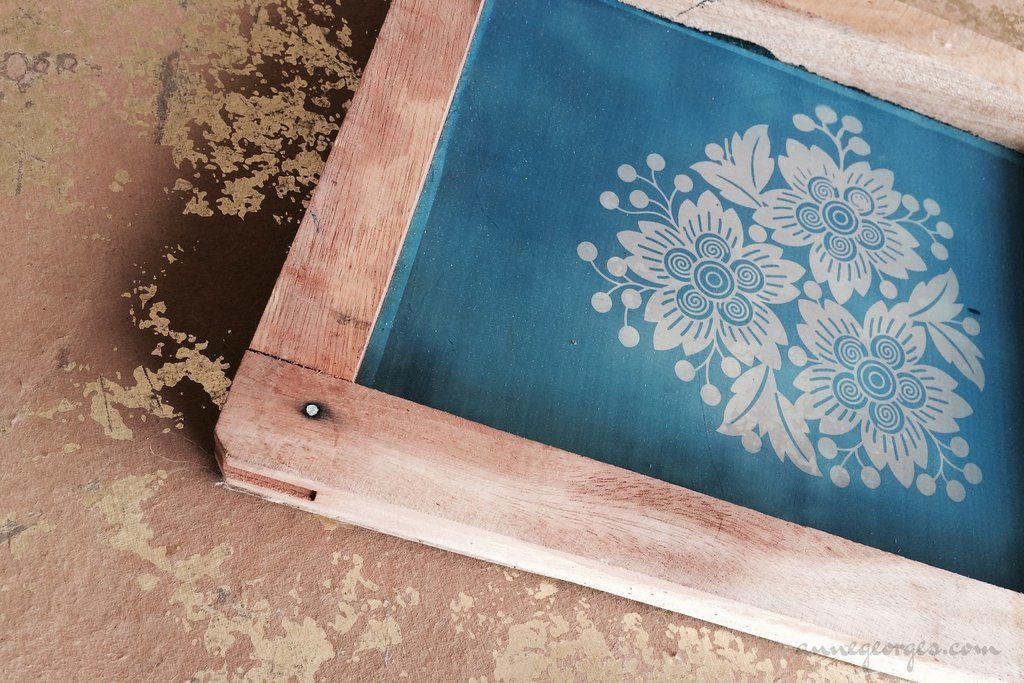In a hurry? Use our Quick Quote Generator.
Provide us with all your project details and our expert team will provide you with the best options and associated costs. It couldn’t be easier to get the exact product at the best price.
In the silk screen printing process, the chosen ink is pushed through a mesh (or sometimes a stencil – depending on the intricacies of the design chosen). Doing so imprints the design onto the chosen material.
Get Your Free Printing Techniques Guide
Silk screen printing is a popular method of printing that dates back throughout history, and is one of the oldest methods of printing designs onto material and fabric.
The layers of colour, or the layers of design are achieved by only allowing ink to transfer onto certain parts of the material at one time. So different stencils may be used for the same design, to create the overall effect, as using these ‘cut-outs’ and different stencils means that the ink and colour is different for the various parts of the image, and colour is only transferred onto areas permitted by the stencil.
Silk screen printing has been used throughout history to make clothing, and that’s what we mainly use it for at Garment Printing – it has also been used to make pieces of art (posters and prints), home decor and large pieces of decorative material, etc.

It may not appear like this would be possible – but it is! Generally, it tends to be the same process as printing onto white, but there is an added step of adding a crucial layer of white ink as the base.
Without the white ink base (or a bleached base) the dark fabric will soak up the ink, making it look pale or not visible at all.
Because of how long silk screen printing has been around, the history, methods and techniques have varied throughout the centuries.
Many historians debate where silk screen printing originated from, but it seems most agree that it was ancient china where the practice of silk screen printed start out. There are some methods of silk screen printing (and examples of pieces of fabric and material) that date back as far as the Song Dynasty (960 – 1279 AD). From here, the technique spread throughout Asia, to places like Indonesia and Japan, where extremely old pieces of silk screen printing have also been found amongst historic pieces.
Other historians believe silk screen printing may have actually originated from 4th century India, or even back to Egypt in 3000 BC. Whatever the answer – it’s a technique that has stood the test of time, and has been part of many cultures and seen many parts of history.
The technique first came to Europe in approximately the XVIII century, and only really grew in popularity when silk shipments became more frequent and affordable to import from the east. We forget that materials on offer in the west didn’t include silk for many years – and so these printing techniques wouldn’t necessarily have been needed anyway.
The next important part of history for silk screen printing would be the invention of photography, when prints and designs could be photographed and the process could be made easier and quicker. In the turn of the 20th century there was a large increase in using the technique and as the decades moved forward we saw screen printing became mainstream because of iconic artists like Andy Warhol (who is still famous and whose work still lives on).
One of Warhol’s most famous pieces of screen printing work was called ‘Marilyn Diptych’ (1962) and it’s still a piece of art you’ll see frequently displayed in home decor, and one fashion garments too. The iconic portrait of Marilyn Monroe is instantly recognisable and is probably one of the most famous pieces of screen printing.
Printed garments are more sensitive and need extra attention when it comes to washing.To preserve the print and the garment, it is recommended that you wash it inside out on a cold wash. Do not use a tumble-dryer and do not iron over the print. Please refer to our Wash & Care Guide here to ensure your print is durable.

Download this free printing techniques guide and get a graphical and informative representation of how to get the best out of your personalised clothing designs
Get My Free Printing Techniques Guide